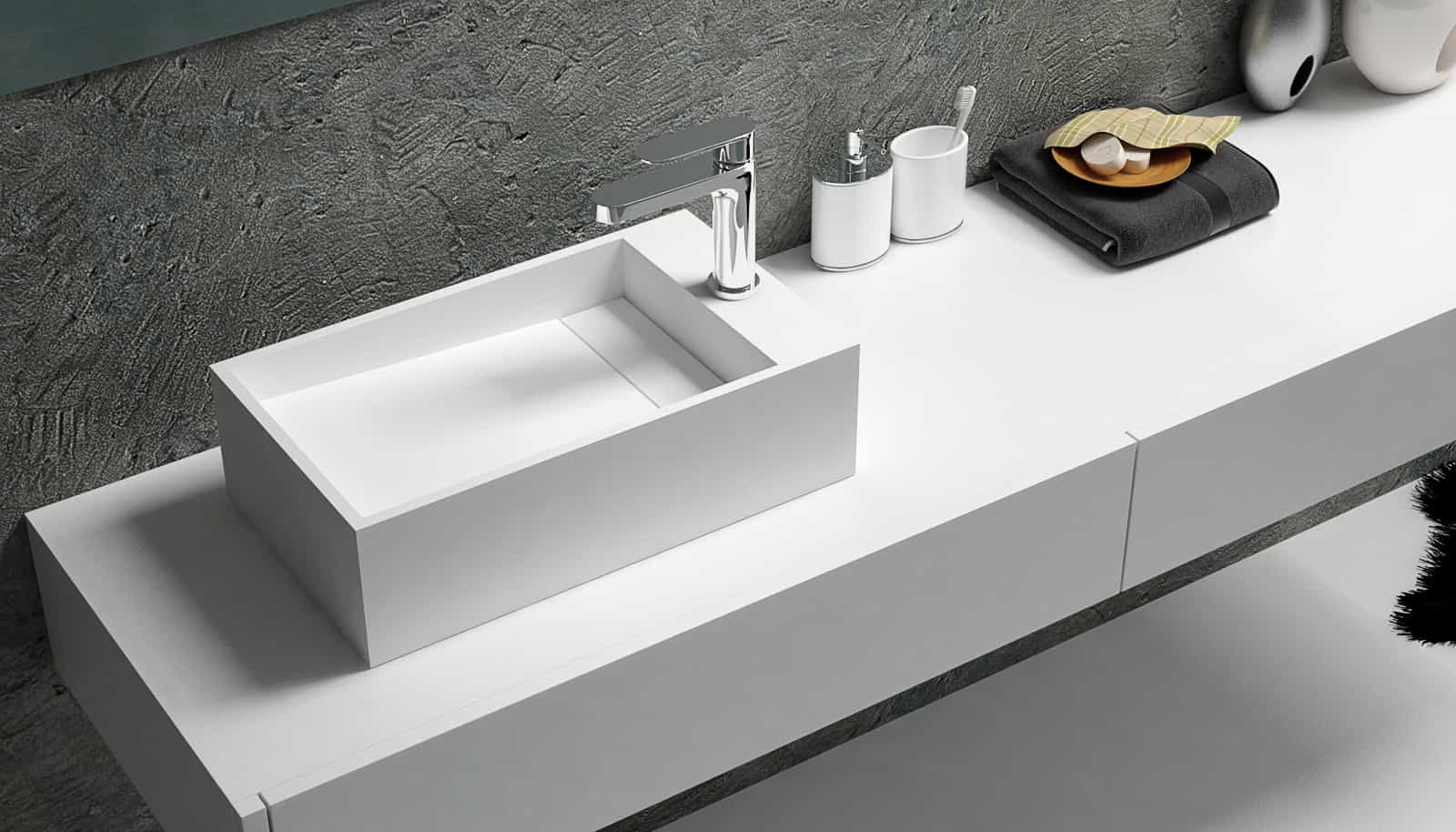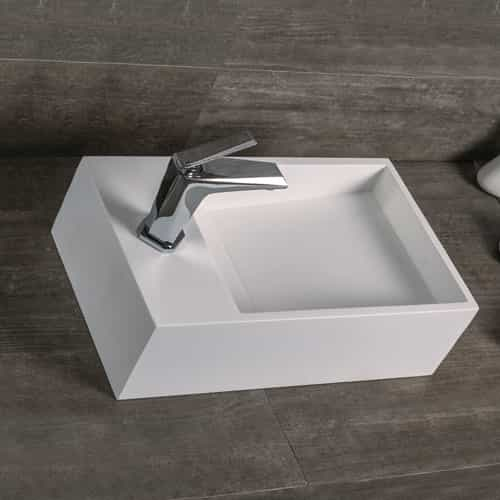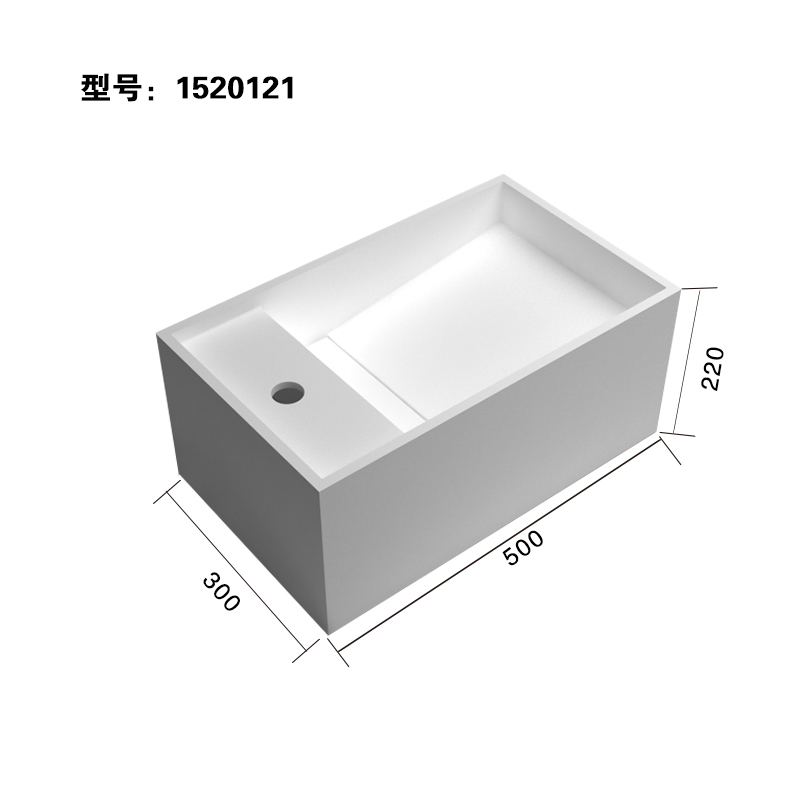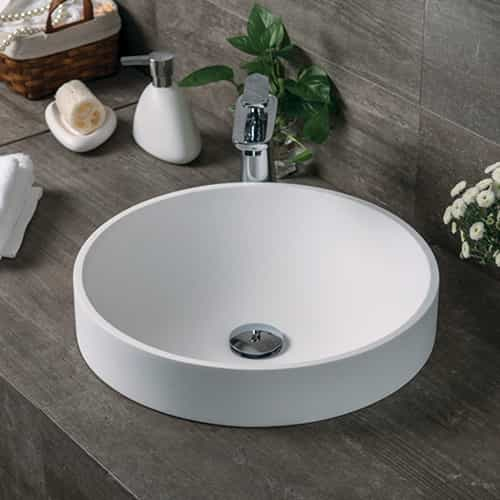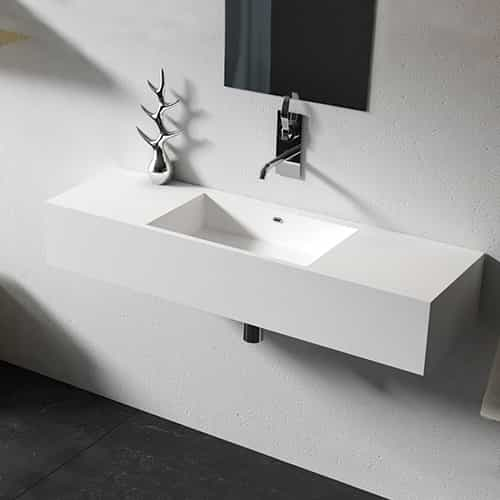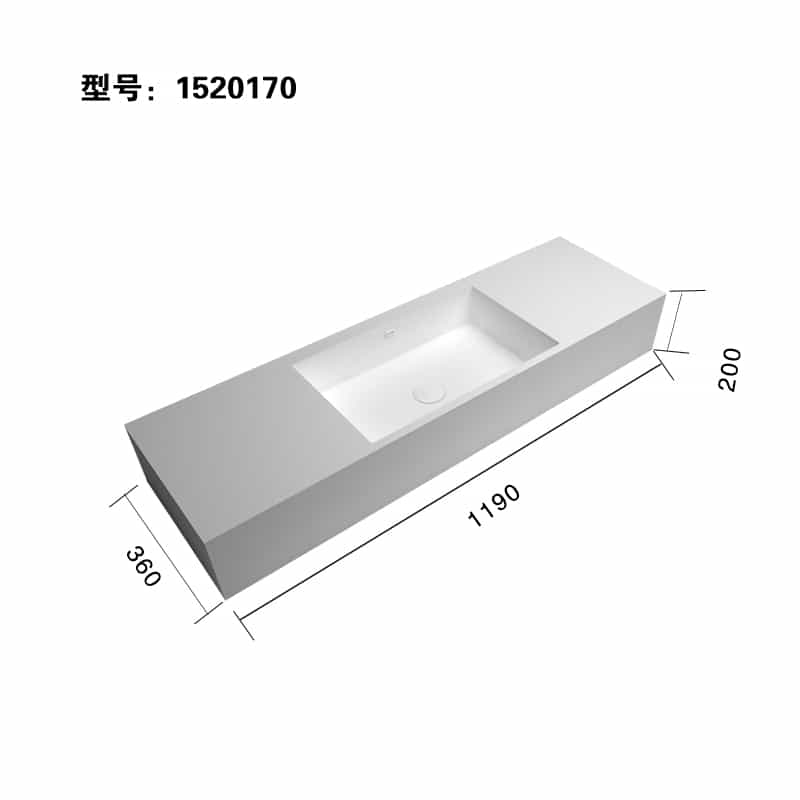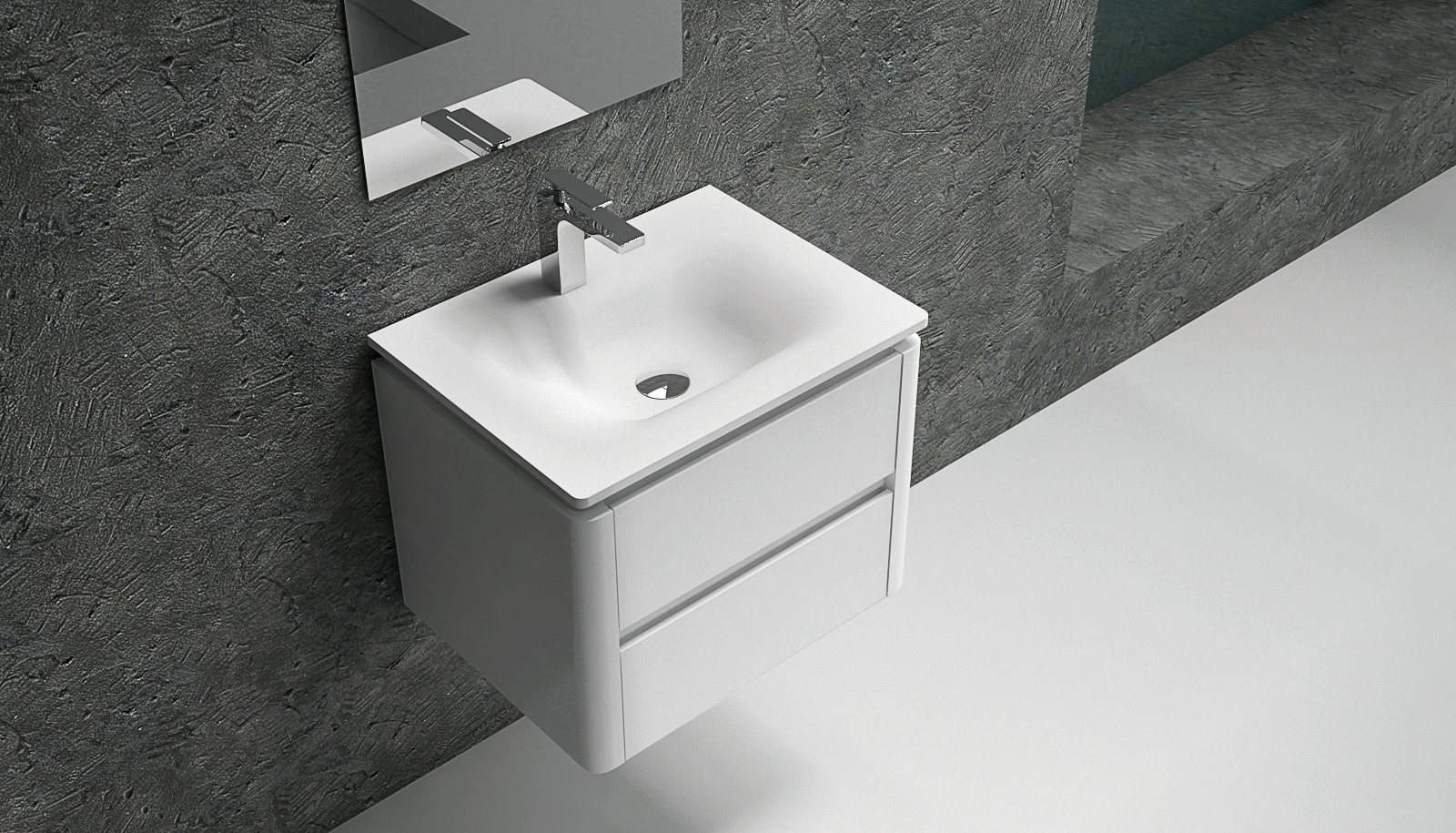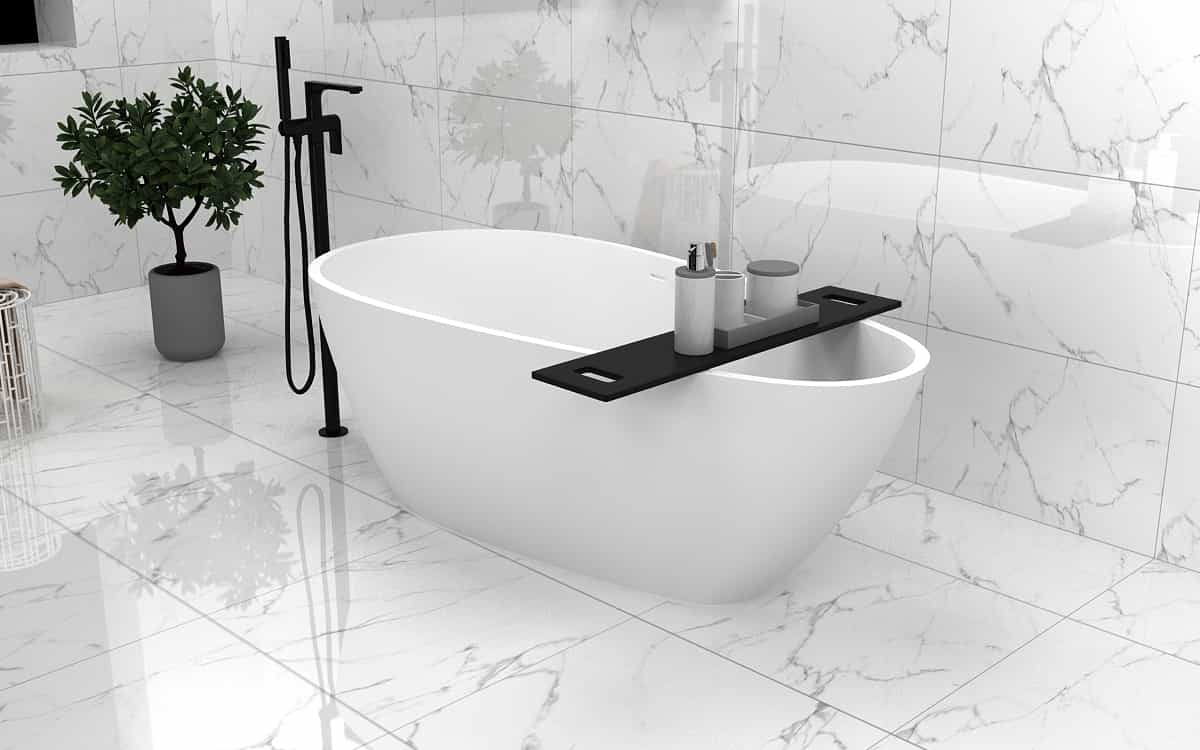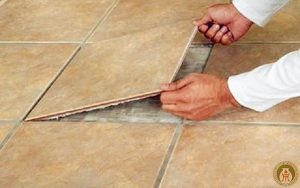
What style of tile do you like? Tile style is very much, but according to the room classification, there are several categories, bathroom tiles, kitchen tiles, living room floor tiles, etc. Do you understand tiling? Today we take you to understand the tiling method, I hope it can help you.
A, tile tiling aesthetics
Paving aesthetics portfolio.
Since ancient times, the stone paving cutting is the art of skilled craftsmen to play infinitely. Stone paving should be space taste needs to change, the occupants of the feeling and change, change the infinite possibilities of space. With the rapid changes in building technology, not only the ancient stone paving technology exquisite heritage, but also because of its material texture of the innovation of the occupants to pursue a deep rich personality of the space effect becomes possible, to provide material for the unlimited creativity of designers.
Tile paving is a line and surface art, you can use different combinations of line surface, to create aesthetic space style effect, common paving combinations are.
(A) seam paving: conventional paving method, tile seam playing horizontal or vertical paving.
(B) oblique paving: the usual paving method, the effect is good, only for square tiles.
(C) I-beam: tiles staggered store, into a separate I-beam.
(D) combination pavement: multiple specifications, combination paving.
Second, tile paving guidelines
Seamless paving
(a) seamless tiles due to straight cut / trim processing, the gap between the brick and tile is very small, so that due to the gap is particularly small, the overall stronger, so many people want to seamless paving in construction. In fact, this construction method is very inappropriate, for three reasons.
i, as tiles are length, straight angle, side straightness and other aspects of deviation, these aspects of the tile completely without a little error does not exist.
ii, there will be a certain amount of error in the process of construction.
iii, the most important point is: there is thermal expansion and contraction of any object, tiles are no exception. The gap is too small, resulting in poor strain on the environment of the tiles, due to the temperature change
change, will make the tiles squeeze each other resulting in cracks, shortening the normal service life of tiles.
b) Recommendations
i. Seamless tiles must be left seam, the size of the wall tile seam should generally be about 1-2mm, not less than 1mm can be used as a reference to air nails; floor tile seam size of the minimum to maintain
Between 1.2 – 1.5 mm, generally in 2-5mm; mainly considering the thermal expansion and contraction of cement and tiles.
ii. Special effect should be widened the gap, such as 3-5mm, etc.
iii.If you have any questions, please contact the service center of Guangdong Xinzhongyuan Ceramic Co.
Auxiliary material application
1、Caulking agent categories
(1) No sand type caulking agent ——— ———- -Applicable to seams below 3mm
(2) Anti-mildew caulk (fine sand type) ——– for 3mmX5mm gap
(3) Stone caulking agent (coarse sand type) ——– for 5mmX12mm gap
2, the binder is divided into: resin-type binder and rubber-type binder
3、Construction precautions
1) The construction base surface must be flat and dry, the surface is clean, no dust, no oil, no peeling, powder and other phenomena.
(2) construction, the wall using 6mm tooth-shaped mantle knife, the ground using 10mm tooth-shaped mantle knife, with the mantle knife to carve out the texture of the binder in tiling, so that the tiles and binder fully bonded to maintain the smoothness and strength of bonding.
3) Absorbent wall substrate and dry climate conditions, it is recommended to wet the substrate with water first.
(4) the choice of hooking time, the general hooking selected time in the tile 24 hours after the tile, that is, after the tile dry solid, hooking time is too early, will affect the tile, resulting in uneven height or loose off.
(5) the color of the hooking agent to be close to the color of the brick surface, except for special effects. For example, pure white tiles do not choose dark caulk, because it is easy to appear the visual effect of black brick edge.
(6) In general, paving bright wall tiles and glass tiles suitable for non-sand, paving matte tiles and antique floor tiles suitable for sand.
7) Use scraper to squeeze the caulk into the seam until it is 0.5mm below the brick surface. 15 minutes later, clean the brick surface. 10 hours later, brush the waterproofing agent.
8) Construction conditions: the ambient temperature is 5 ~ 40 ℃, bad weather should stop construction.
4、Caulking agent, adhesive use points
1) scientific ratio: according to 1:4 water-cement ratio (using machine mixing according to 1:5 water-cement ratio) will be added to a clean container of water, the caulk (binder slowly pour)
(2) reunion stirring: mix well until no lumps of paste, let stand for 3-5 minutes, stir once more before use, stirring must be used up within two hours, such as the phenomenon of solidification, can not add water to stir, must be discarded
Third, acceptance
After the construction is completed, we recommend that you generally use the following inspection methods for acceptance, in line with this acceptance criteria, can be regarded as qualified.
1) The combination of the surface layer and the next layer (bonding) should be solid, no empty drum.
2) The surface of the brick surface layer should be clean, clear pattern, natural color, smooth joints, consistent depth, straight around. Slab without cracks, fallen corners and other defects.
Inspection method: visual observation and inspection.
(3) The material and size of the edging of the adjoining surface layer should meet the design requirements, and the edges should be neat and smooth.
Inspection method: observation and inspection with steel ruler.
(4) Skirting surface should be clean, consistent height, combined with a solid, consistent thickness out of the wall.
Inspection method: observation and lightly hit with a small hammer and steel ruler inspection.
(5) The width of the gap between the stair tread and the step plate should be consistent, and the tooth angle should be neat; the height difference between adjacent steps should not be more than 10mm; the anti-slip strip should be straight.
Inspection method: observation and inspection with steel ruler.
(6) The slope of the surface should meet the design requirements, no flooding, no ponding; the combination with floor drains and pipes should be tight and firm, no leakage.
Inspection methods: observation, water splashing or slope ruler and water storage inspection.
(7) The paving tile surface is smooth, and the height error is less than 2mm.







